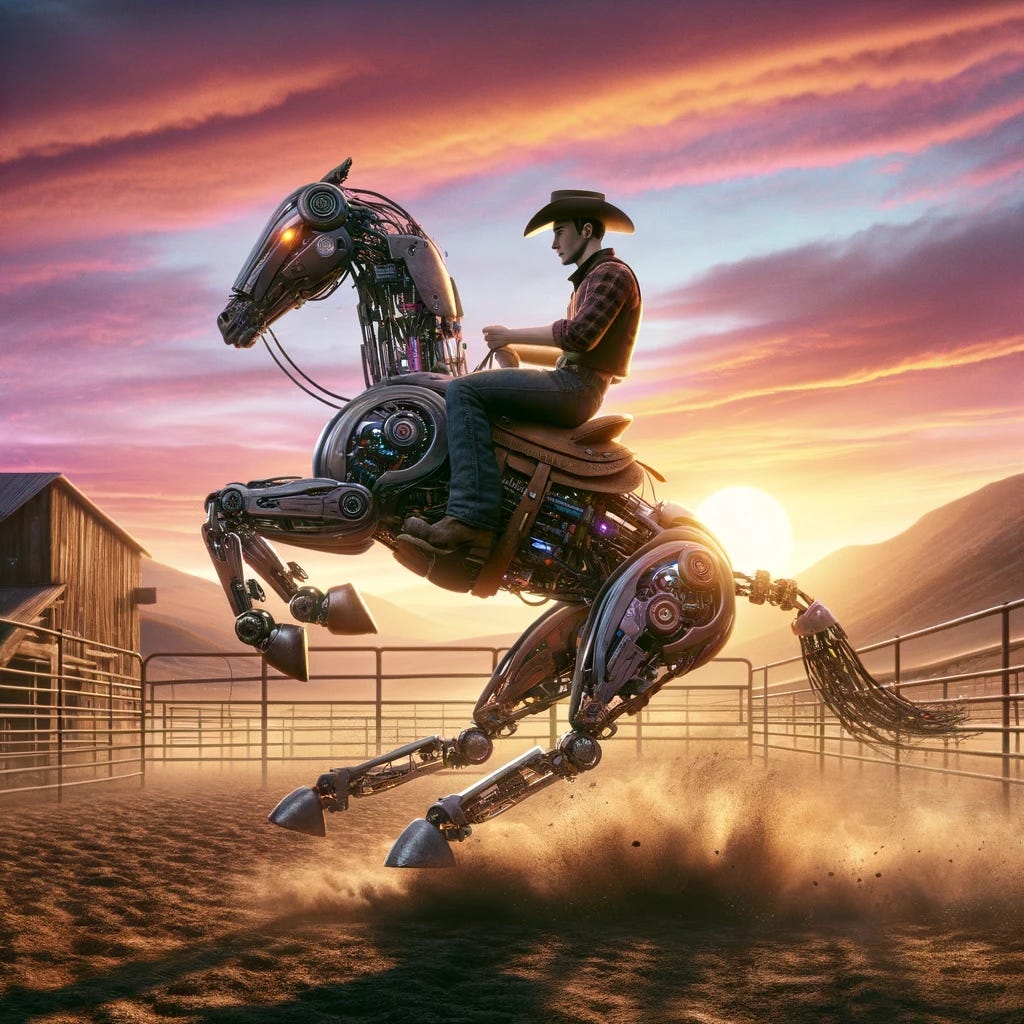
It’s been a hot minute since I last hit the keys to share my adventures and learnings with you all. Why the radio silence, you ask? Well, life threw a mixed bag my way—some much-anticipated vacay time in my hometown where, among other many fun things, I got to see up close one of Lionel Messi’s Ballon D’or and Golden Shoe and check how much the FIFA World Cup (replica) weighs.
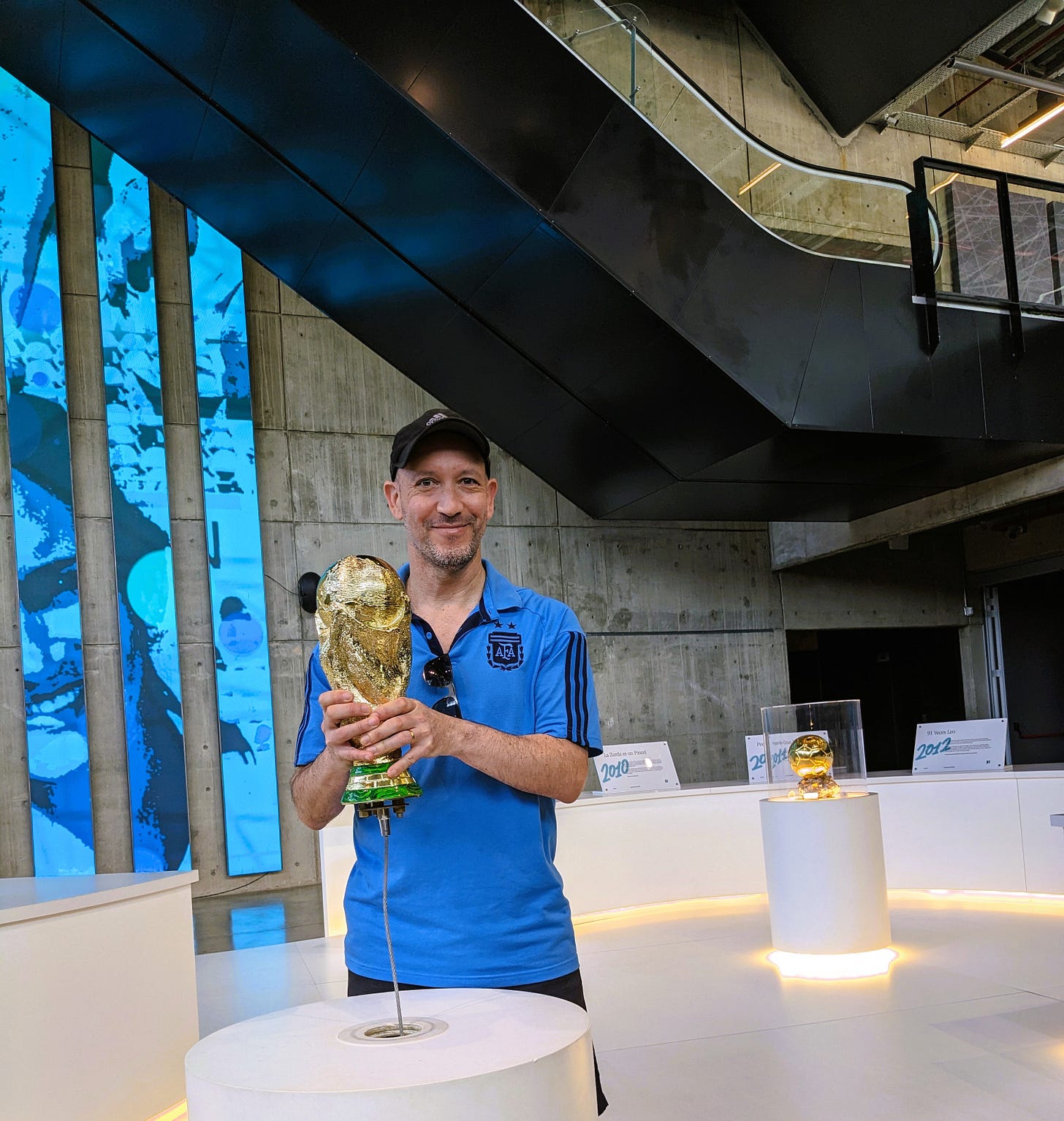
After that, a dash of course crafting, a sprinkle of webinars, a Covid cameo, and a bunch of cool events kept me busy. But hey, I'm back and buzzing to dive into the tales of my latest escapade.
Austin: Where It's At
First up, ThePeopleGPT Community AI Summit at SXSW in Austin. Yep, my first rodeo in this eclectic city for this electrifying festival. Imagine if Portland, Nashville, and Denver had a baby—that’s Austin for you. A city that wears its weirdness like a badge of honor, buzzing with entrepreneurial vibes and live music. Escaping the unpredictable mood swings of upstate NY weather for Austin’s sunny disposition in March was a no-brainer. The city's vibe? A walkable wonderland brimming with creative juices.
The PeopleGPT Shenanigans
Then there was the PeopleGPT event—oh boy, what a ride! With the clock ticking (the event was confirmed about four weeks before D-day and our first “let’s get this show on the road” meeting happened just a week before the event), the pressure was on.
Luckily, we had some stars on our team like
and Stephen Huerta from The Modern People Leader podcast, who in no time managed to:secure an awesome venue in the middle of SXSW (Capital Factory)
assemble a stellar panel including total rockstars like Hollie Castro, Jeanie Cole, and David Hanrahan
engage an event committee to plan a workshop, that included the facilitation superpowers of Orion Ohev, and the insightful contribution of Sandhiya Thiruvengadam and Praneeth Patlola. (And yours truly.)
The event gathered some 40 HR leaders at a central location (Capital Factory’s awesome space in downtown Austin) to explore how AI is impacting the HR landscape and the future of work, and what practitioners can do to leverage it to improve practices and outcomes.
My main contribution to this event: canvases galore
I have been using checklists for everything since reading Atul Gawande’s The Checklist Manifesto many, many years ago. And canvases are like checklists on steroids. They’re your bestie for avoiding that dreaded blank page syndrome, guiding your brainstorming sessions like a pro, and capturing the insight in an actionable way.
I had created a couple of canvases recently, one to help you gather information for creating a custom GPT and another one for creating ethical AI apps, so it made perfect sense to use a similar format as a vehicle to help attendees guide the discussion and capture the ideas that came out of the workshop. More about the canvas later.
The Event Day: A Whirlwind of Awesome
The event day was a blast—running into the brilliant minds of the PeopleGPT community, soaking in the wisdom from the panel with rockstars like Hollie Castro, Jeanie Cole, and David Hanrahan, and diving headfirst into workshop mode. We huddled up, threw ideas around, and let the canvas lead the way, ending up with some kickass takeaways that left us all pumped.
Want to hear more about what happened at the event? I am sure Stephen and Q will be writing about this soon and publishing more about the results, so I’d hate to spoil the surprise by telling you too much about it.
And what better way to wrap up an epic day than with an impromptu foodie adventure at a casual and trendy Asian fusion spot? Great food, better company and conversation, and an early night because, well, adulting and early flights.🛫
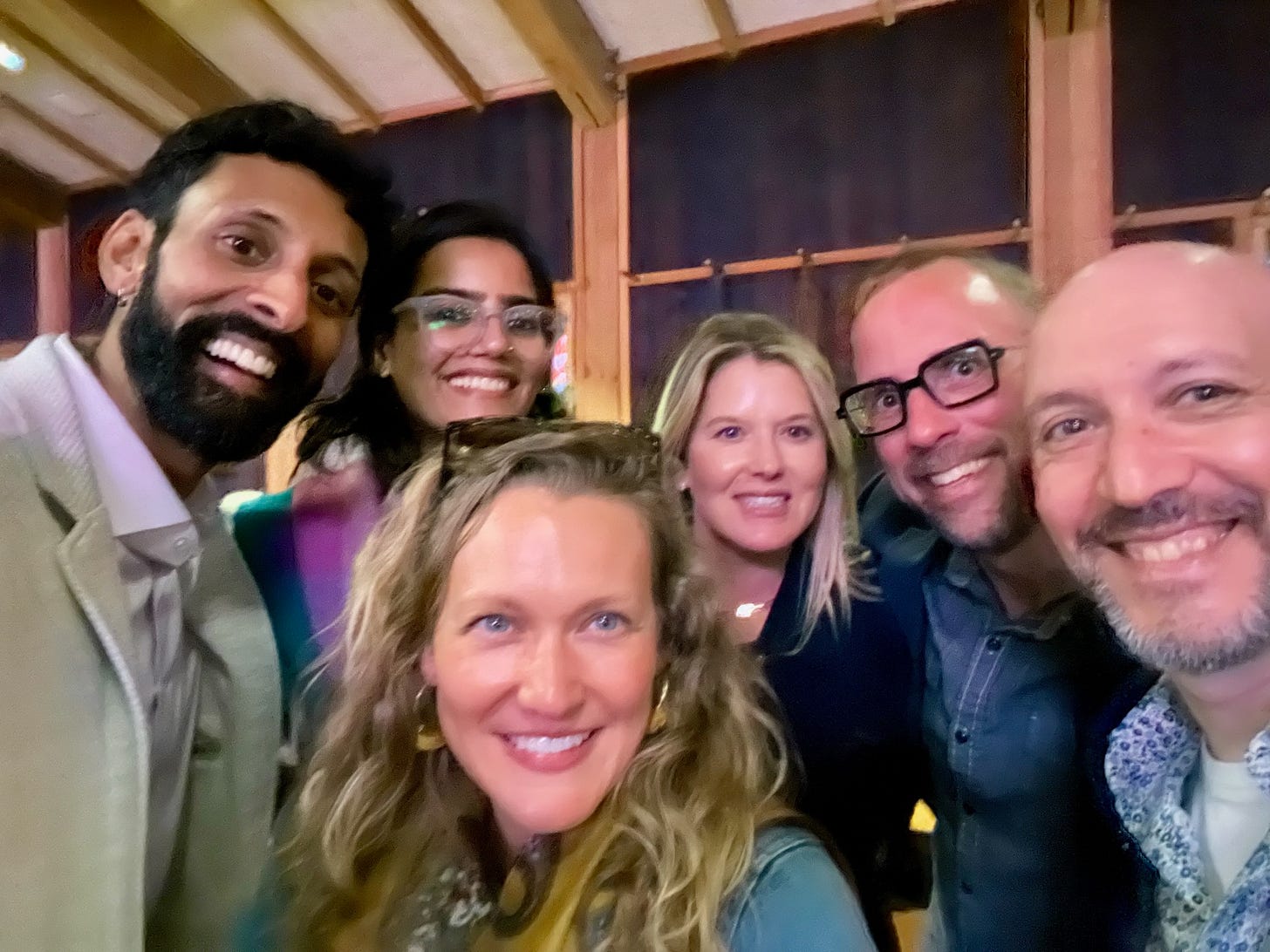
The Canvas Unveiled
I promised you more about the canvas, so I will start with the creation process.
Creating this canvas was like directing a brainstorming symphony with Inflection.ai’s Pi as my co-conductor. I wanted to keep it simple but useful, landing on a tool that’s all about making your thought process a breeze. It’s about getting straight to the point and asking the right questions, whether you’re a canvas newbie or a seasoned pro looking to dig deeper into AI planning.
I brainstormed the creation of 7-9 themes or “boxes” with Pi, providing some ideas as input and refining the results. Once the boxes were defined, I did the same thing with the questions asking for 3-5 questions and offering some examples, and after a quick round of additions and consolidations, this is what I arrived at, with the help of a handy Canva template (so it’s a Canva Canvas!).
And an empty template version here, if you want to use it:
But we realized it was probably too involved for the scope of the workshop, with barely an hour to complete it, so props to Stephen and Orion, for helping polish and downsizing the format into this Lean version.
It was our secret sauce for the workshop, sparking some seriously good brainstorming sessions with the audience, and hopefully some valuable learning for everybody.
Looking Ahead: What’s Next?
So, what's the next chapter? I am looking for advice from my readers to help me decide the direction I can take this. 📢
Would it be valuable to create a canvas for each one of the boxes? (I already have one for the ethical considerations).
Would it be valuable to spend time crafting the best prompt to transform a completed canvas into a narrative? And maybe using another prompt to transform that narrative into a story with characters that brings the examples to life?
Perhaps crafting a prompt to ask the AI to identify and summarize the action items for different actors involved?
Maybe exploring ways to export this into other formats? (storyboard, video, etc)
Should I create an automation and/or AI agents that can execute these processes semiautonomously (with some human guidance and monitoring)…?
The possibilities are endless, and I'm all ears for where this journey takes us.
Signing Off: Challenge accepted and lessons learned.
As I’m typing this, cruising at altitude and tuning into an audiobook version of Adam Grant’s “Hidden potential” and his argument for embracing the vulnerability of the learning process hits differently. The challenge of putting this event together in record time meant committing to continuous learning over committing to being comfortable. This whole adventure was one heck of a learning curve, a reminder to embrace the ride, vulnerabilities and all. Stepping out of the comfort zone has its perks, and hey, we managed to pull off something pretty awesome in the process.
Borrowing another page from that same book, I would like to finish by asking your advice, rather than your feedback. Asking for feedback can be less useful, because “If you can’t say something nice, don’t say nothing at all.“
But applying this to all situations means missing many opportunities to learn. So instead of your feedback, give me your best advice: how could I have made this article more valuable and enjoyable to you?
Let me know in the comments!





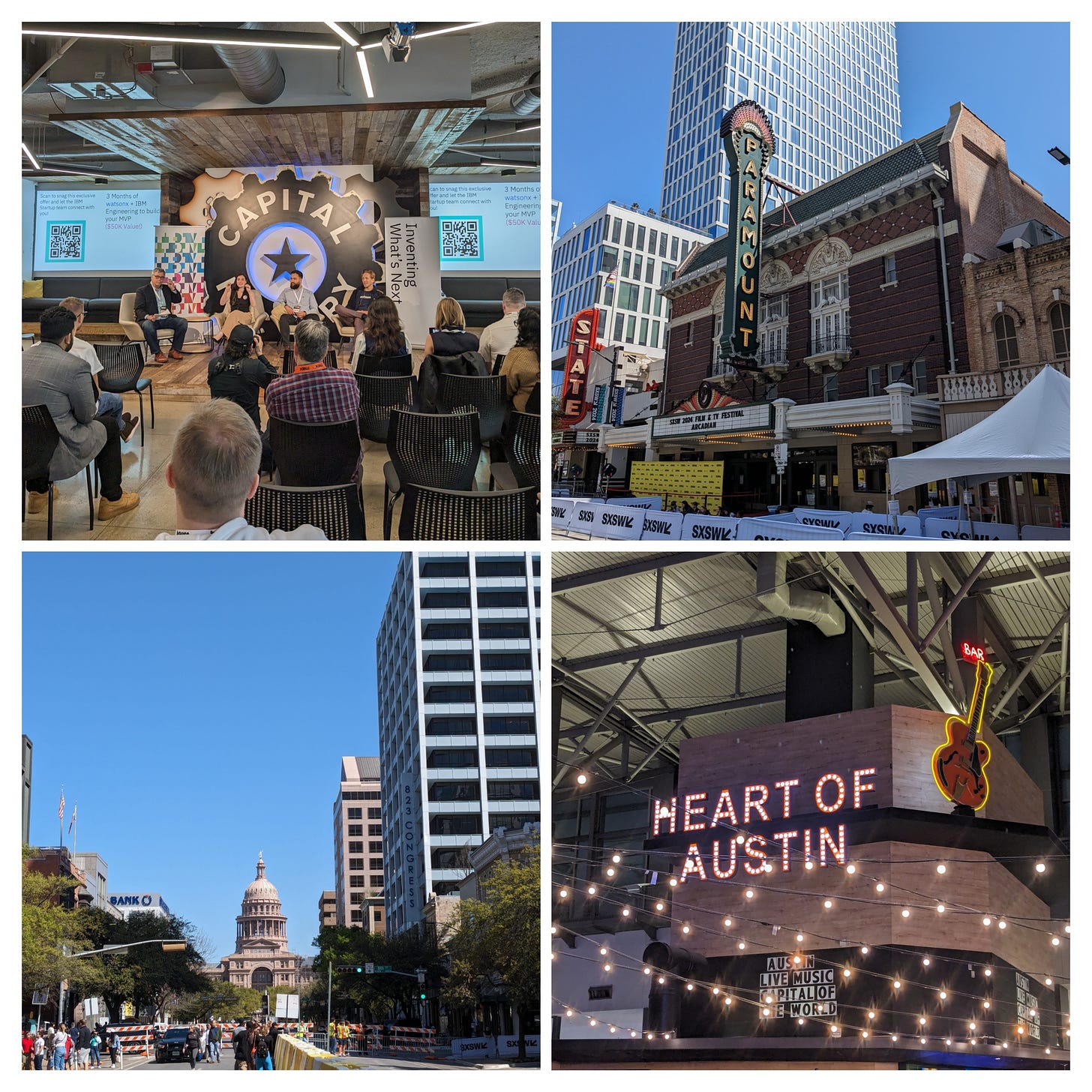
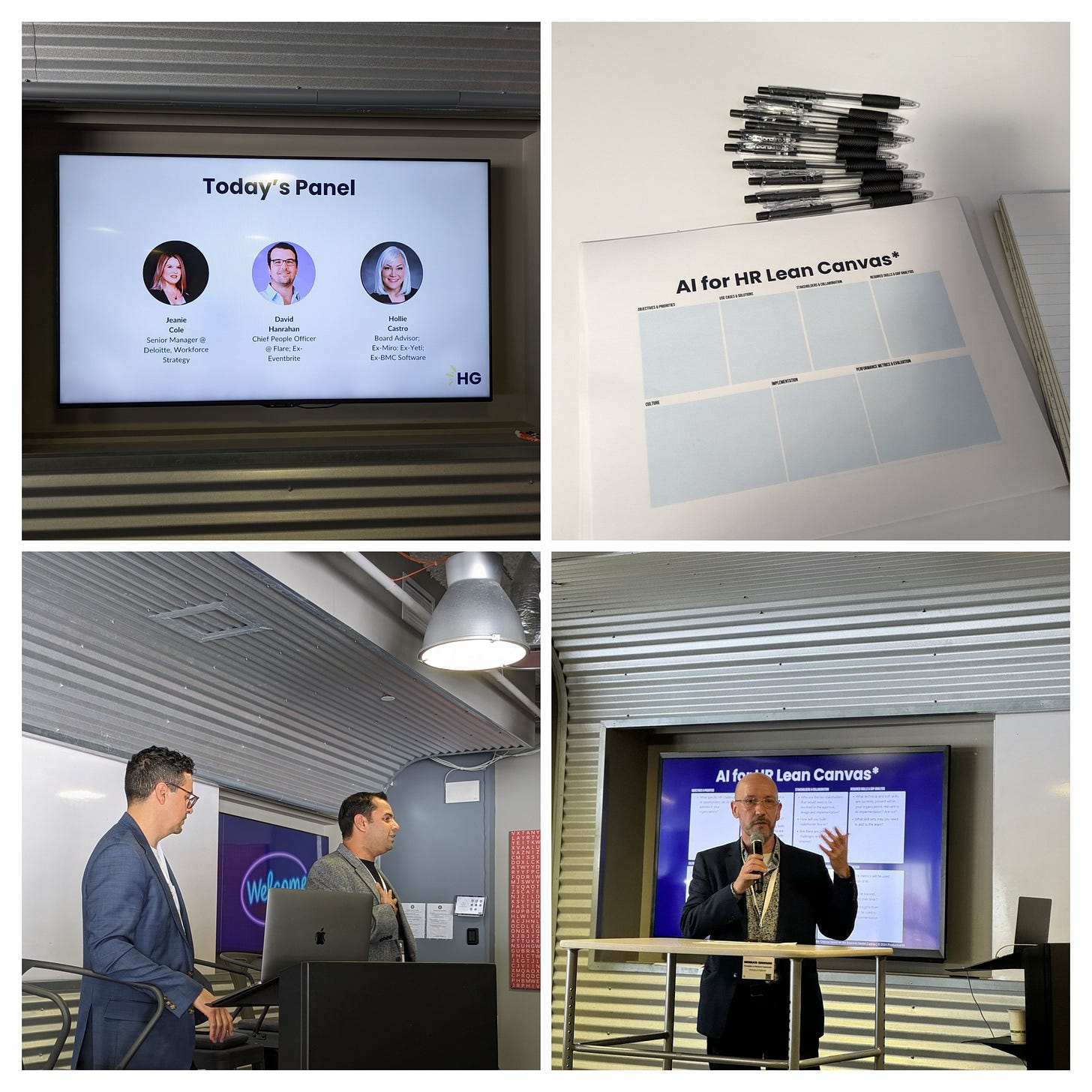
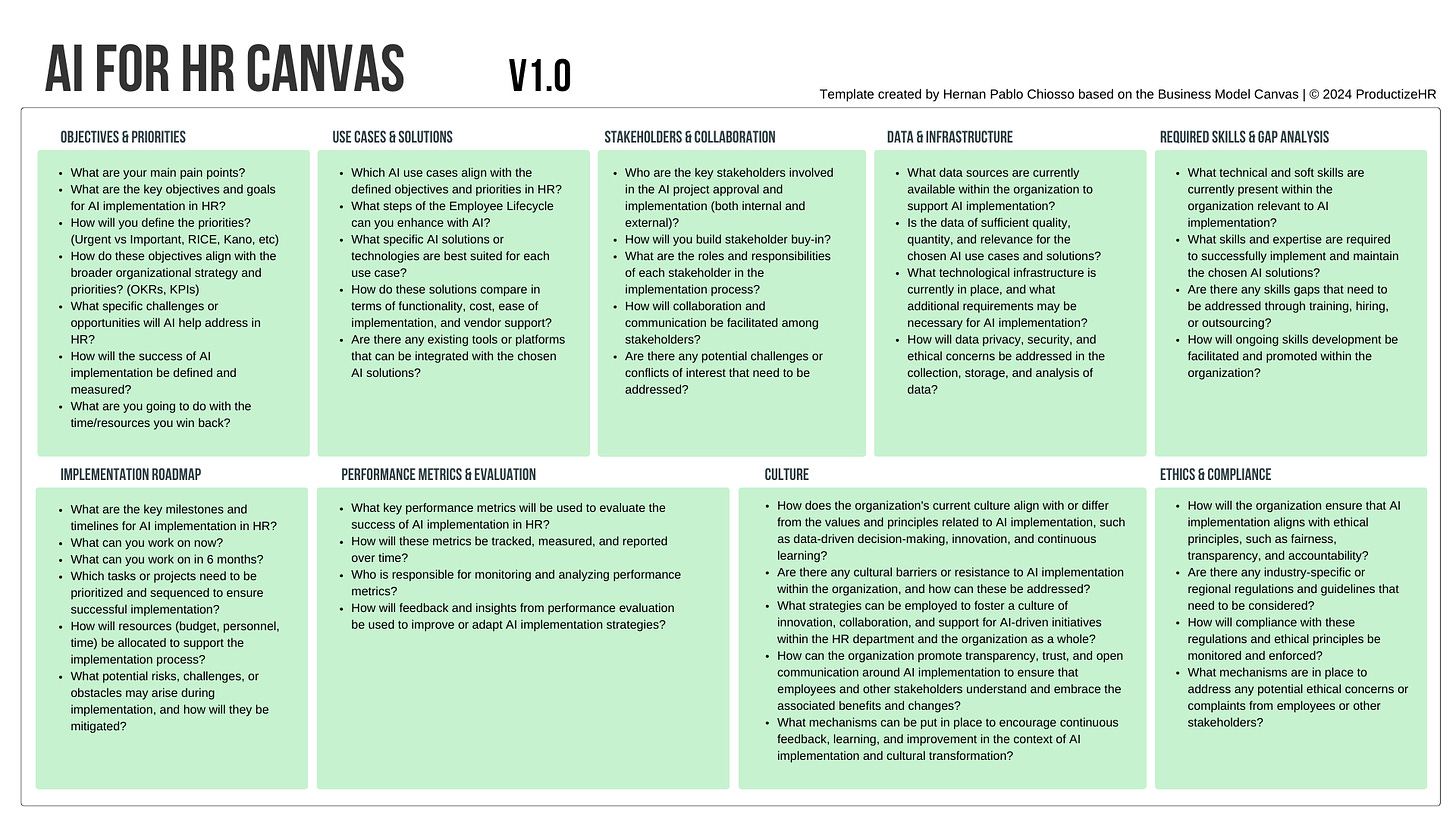


Están muy lejos de área de expertise y sin embargo me encanta leer estos artículos. Me resulta un desafío muchas veces entenderlos y supongo que ahí radica el gusto. Una vez superada la pereza mental de tratar de comprender, disfruto de aprender cosas nuevas.